INSPIRED is a quantifiable multi-centre spinal cord neuro-imaging project. It aims to develop an improved way of imaging the spinal cord and brain via a Magnetic Resonance Imaging (MRI) scan
MRI has revolutionised diagnosis in many fields of medicine but has proved difficult to use in spinal cord injury. This improved imagery will capture information that will enhance diagnosis, prognosis, and potentially aid in decision making for treatment and rehabilitation for people with a spinal cord injury.
International study
The clinical part of the study will take place in two international locations, Zurich and Toronto, with MRI experts from other countries being involved in the analysis. The research will use scanners from three different manufacturers and will be the first of its kind to systematically assess and seek to overcome scanner variability.
The studies will focus on patients with trauma at C2/3, the area at the back of the head and the neck. The majority of research patients will have cervical spondylotic myelopathy (CSM). However, a significant number of patients with a spinal cord injury will be included where there is minimal or no surgical instrumentation in place at C2/3.
Objectives and outcomes
The objectives and outcomes for the project are:
- Ensuring that the MRI scanning process developed is comfortable for the patient and can be done in different locations, with different scanners, to standards that allow direct comparison of imaging information from patient to patient, site to site, scanner to scanner.
- To use advanced imaging information to better assess and understand the condition of the spinal cord after injury in order to apply relevant treatments and be able to see the changes over time.
Professor Michael Fehlings, Toronto Western Hospital, University of Toronto, Head of Spinal Program said, “This exciting work could pave the way to develop objective imaging biomarkers enabling research in regeneration and repair strategies for spinal cord injury.”
For more information visit the Spinal research Web site
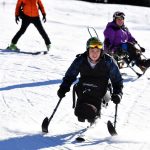

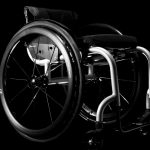
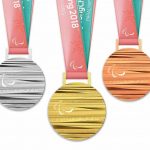
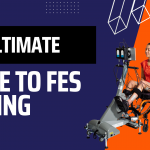
Recent Comments